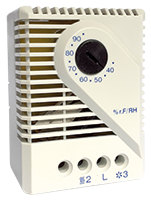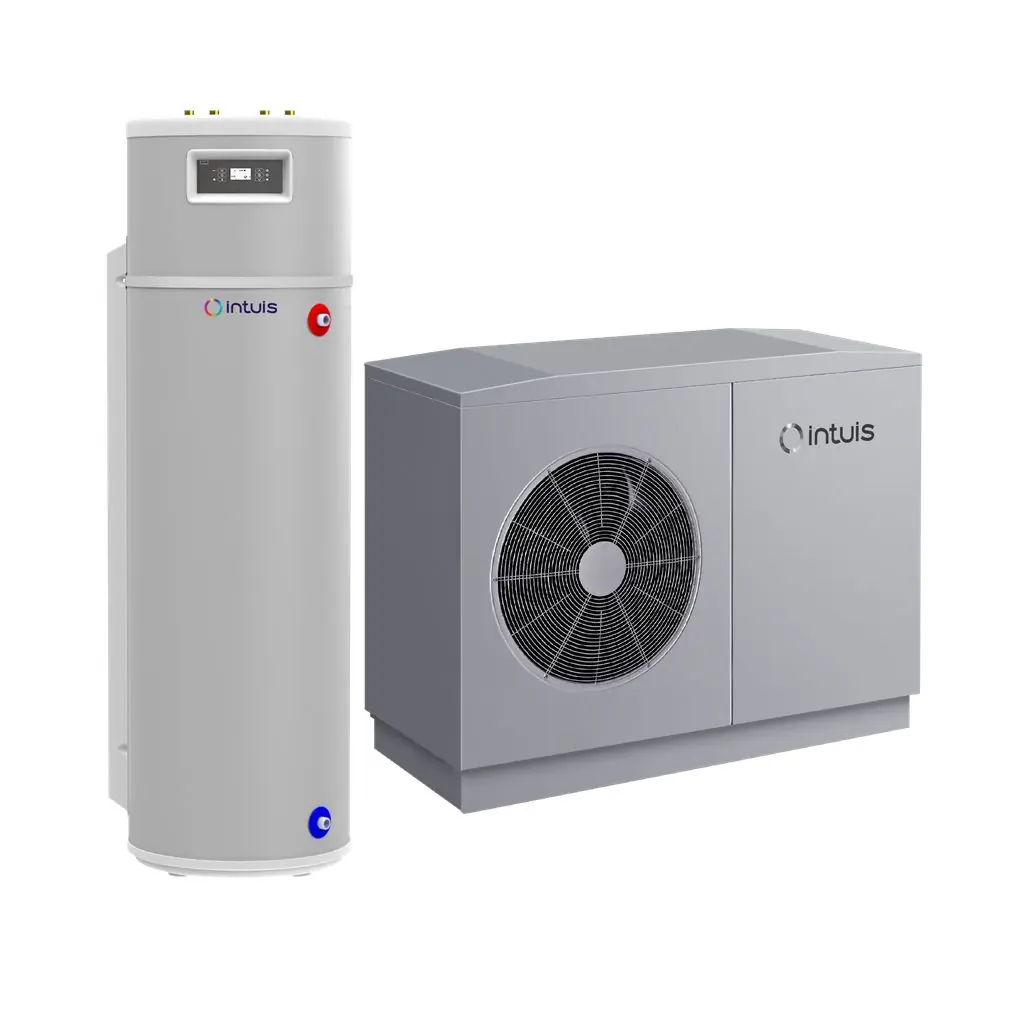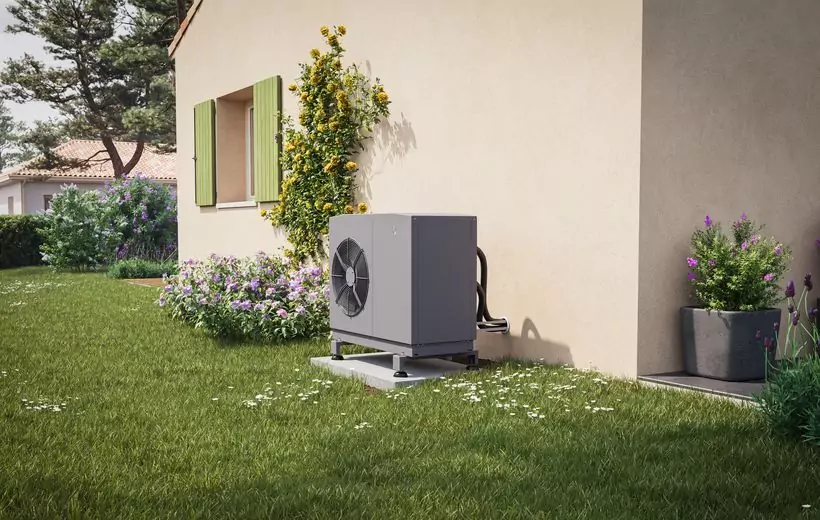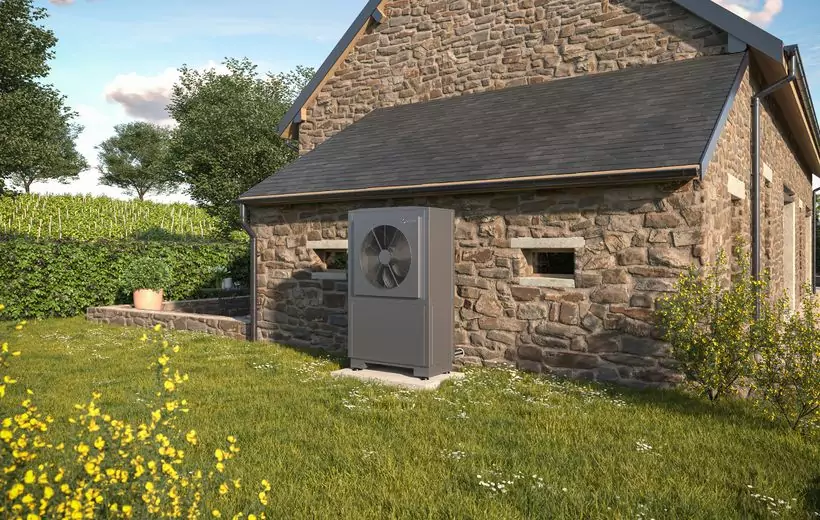

Table of contents

Table of contents
Your objective ? To maximize cooling in the equipped area to ensure significant summer comfort while minimizing the risk of condensation.
How? By adhering to a logic appropriate to the geographical situation of the installation. As an installer, ensure not to exceed a minimum starting temperature of the cold source, in line with the emitter used (refer to instructions).
- In indoor areas: 18°C
- In coastal areas, including the English Channel, the North Sea, and the Atlantic Ocean north of the Loire estuary (width 30km): 19°C
- In coastal areas, including the Atlantic Ocean south of the Loire estuary and north of the Garonne estuary (width 50km): 20°C
- In coastal areas, including the Atlantic Ocean south of the Garonne estuary (width 50km): 21°C
- In Mediterranean coastal areas (width 50km): 22°C
Example : On a radiant floor heating/cooling system, condensation may occur depending on the humidity level if the surface temperature of the floor is too low. To control this moisture risk, both the regulation parameters implemented and the operational behavior will make the difference.
Best Practices to Know and Remind:
- Cooling mode is prohibited in wet rooms such as the kitchen or bathroom.
- Thermostatic valves can be installed to promote heating mode.
- Closing shutters during the day and ventilating rooms when outside temperatures are cooler are among the best practices to remind users.

At the regulation level, it is possible to adjust the temperatures of the hydraulic circuit (see instructions).
- To limit the risk of condensation, it is possible to connect a hygrostat (Ref. 754300) as an optional accessory to the system to stop it in case of exceeding the set humidity level.







